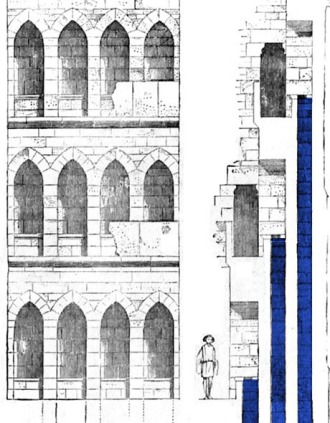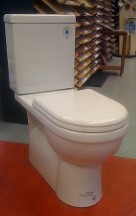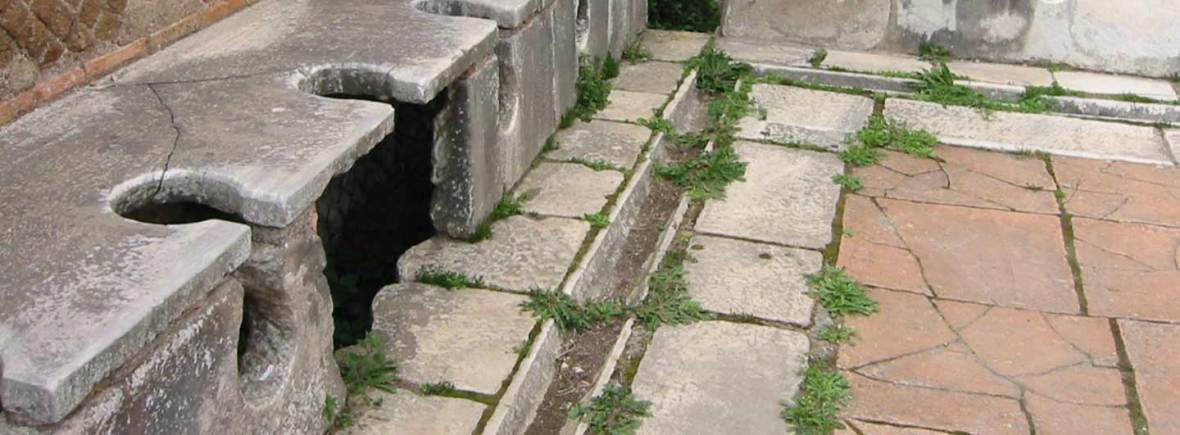Toi·let- a fixed receptacle into which a person may urinate or defecate, typically consisting of a large bowl connected to a system for flushing away the waste into a sewer or septic tank.
-Merriam-Webster Dictionary
It is unclear who created the first toilet. TIME explains that “humans have been devising ways to go to the bathroom since, well, the first person crossed their legs with an urgent need to go.” The likeliest contenders are the Scots and the Greeks. In the winter of 1850, a Neolithic settlement called Skae Brae, that dated back to 3000 B.C., was found on the Scottish mainland.

Photo from Geograph
Archaeologists found the settlement was equipped with drains extending from recesses in the wall. In another case CNN discusses The Palace of Knossos on Crete, built around 1,700 B.C., “features definite latrines: large earthenware pans connected to a water supply that ran through terra-cotta pipes.”
Proper Sanitation also extended into Ancient Rome. The Romans were famous for their public bathhouses, one of which that could serve 1,600 people at once. But their dedication to hygiene extended into toilets as well. According to Time Magazine, “Romans boasted 144 communal lavatories.”

Photo from Smithsonian
Medieval England is attributed with the invention of the castle garderobe , a room with a tiny opening out of which royalty would go to the bathroom. The garderobe was usually suspended over the moat below. The peasants and serfs sometimes relieved themselves in communal restrooms at the end of their road, but in most cases practiced open defecation in nearby rivers or lakes.
The first flush toilet wasn’t invented until the 1596, by a man named Sir John Harrington. His design introduced a small cistern with a small pipe which water ran down when released by a valve. Queen Elizabeth I installed this flush toilet in her own palace. It took another 200 years before Alexander Cummings developed the S-shaped valve underneath the toilet to eliminate odor. “At the end of the 18th century, the flushable toilet went mainstream” (CNN.com).

Photo from Flickr
Bathroom technology took off in the 20th century with the invention of toilet paper (invented in 1890 but not marketed until 1902). You may think the toilet hasn’t changed since the forefathers of toilets, Harrington and Cummings first created the invention, but think again in 1994 Congress passed the Energy Policy Act. The “low flow act”, as some call it, required common flush toilets to use only 1.6 gallons of water, less than half of what they used before.
The world’s view on toilets has changed just as much as the invention itself. Toilets are no longer seen as a privilege or an object only the wealthy can own. The toilet has become an oasis that fits nicely into our busy lives. It is a place Rem Koolhaas, a famous dutch architect wrote, “one is left alone for private reflection – to develop and affirm identity.”
We shaped our toilets, then our toilet shapes us.
-Winston Churchill

